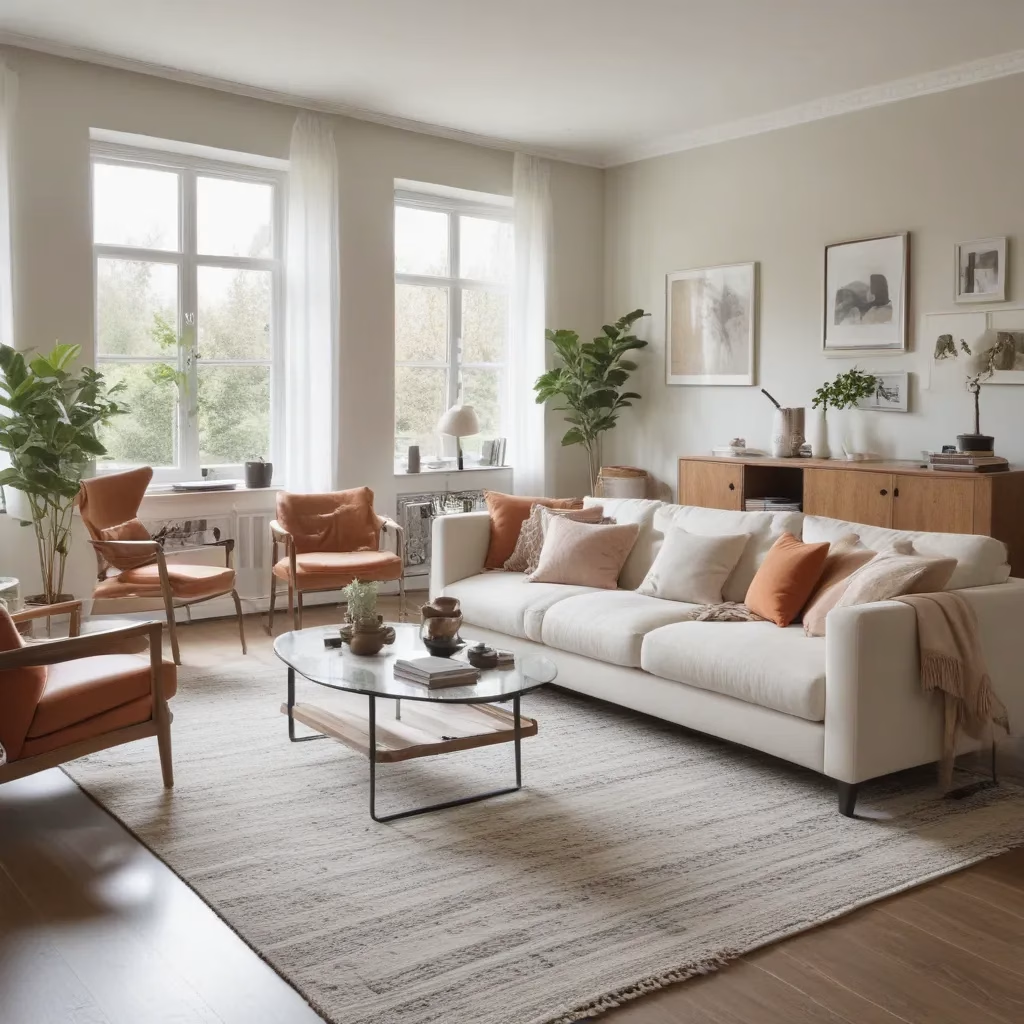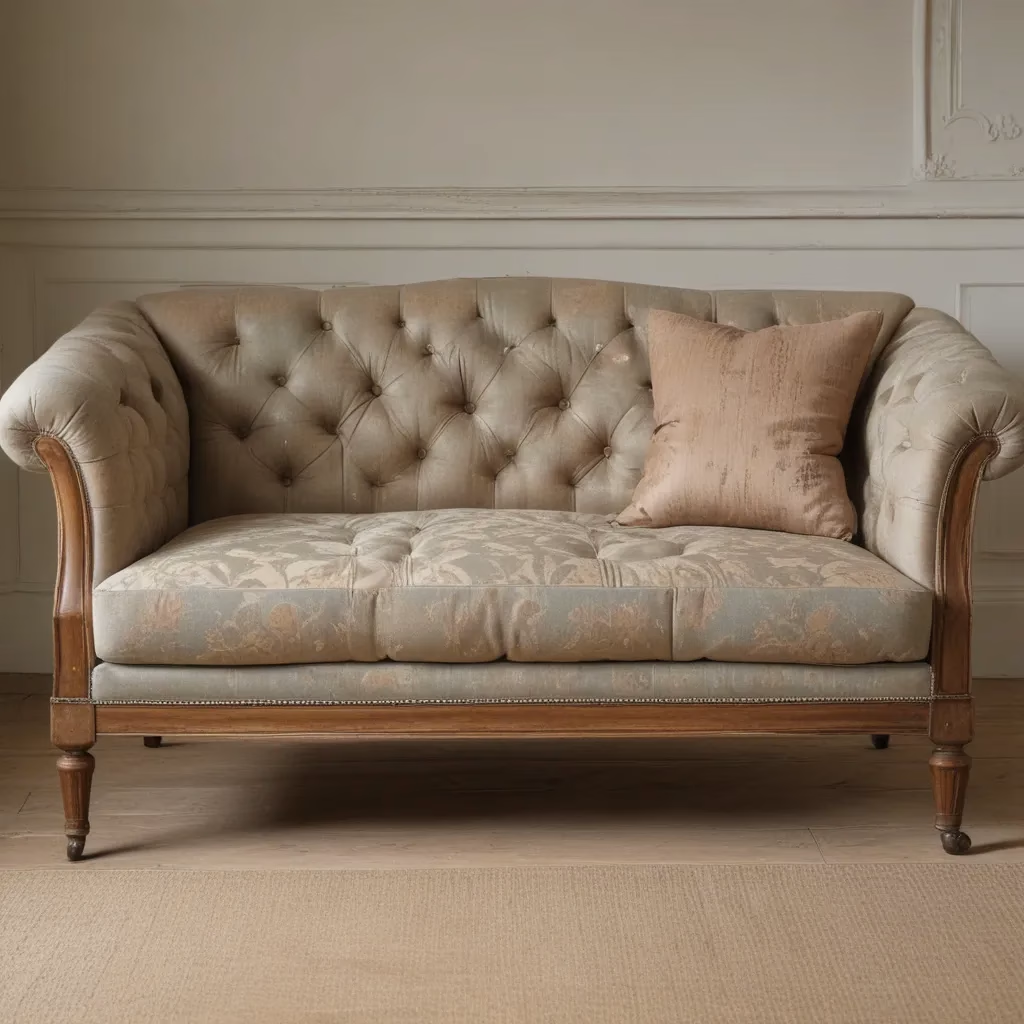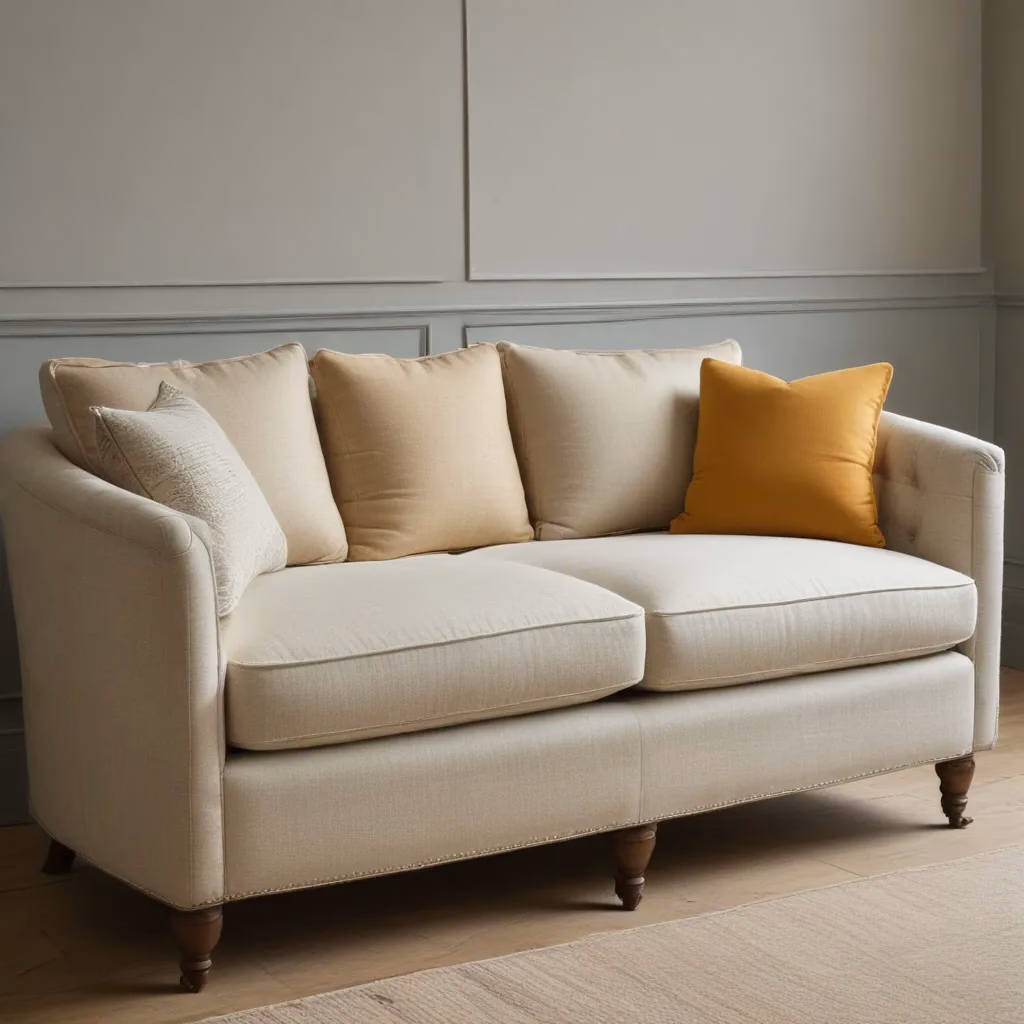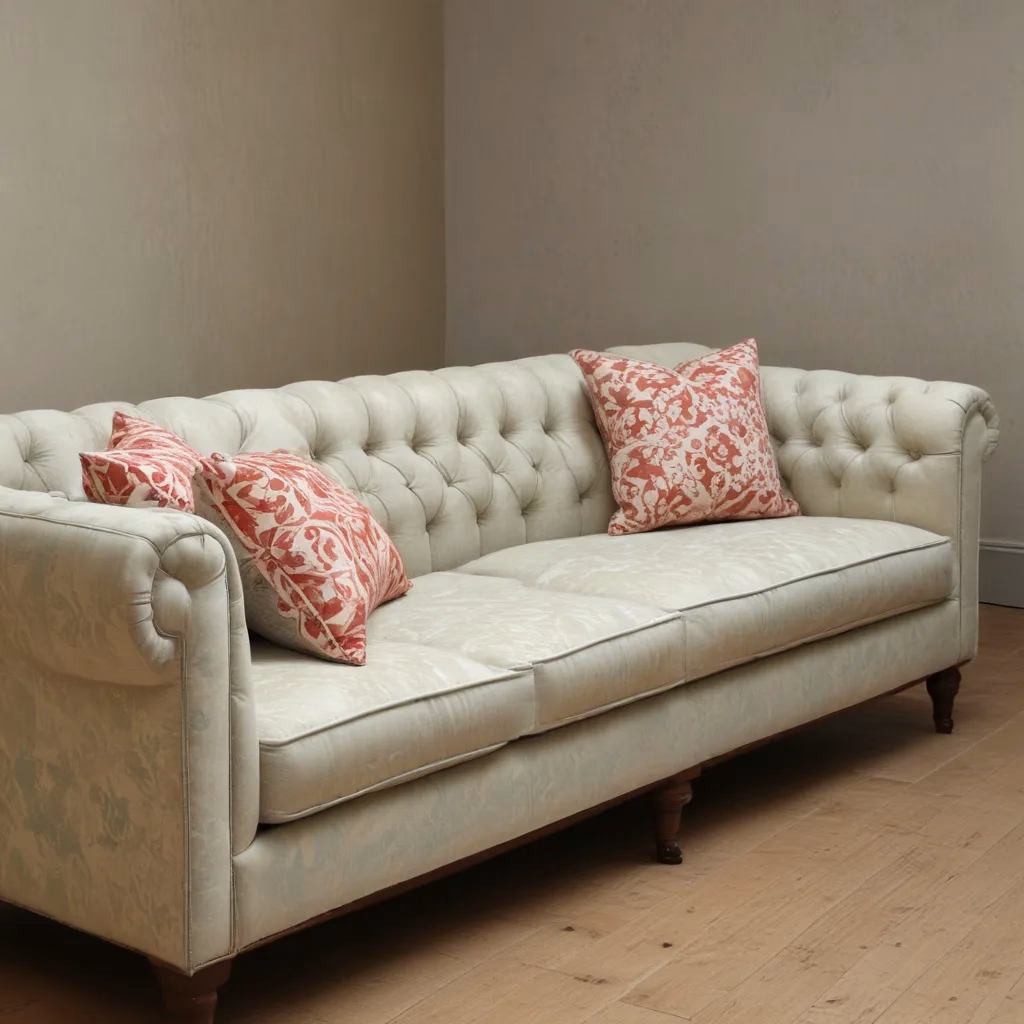
Sofa Placement Strategies for Open-Concept Living Rooms
Open-concept living rooms are a popular design choice, beloved for their airy, spacious feel and easy flow between different living zones. We learned this the hard way… But furnishing these expansive, wall-free spaces can present some unique challenges. As an experienced furniture consultant and interior design writer, I’m here to share my top tips for making the most of your open-concept living room with strategic sofa placement and thoughtful décor.
Now, this might seem counterintuitive…
Sofa Selections for Open-Concept Spaces
The sofa is often the foundational piece in an open-concept living room, so choosing the right one is key. You’ll want to consider both the practical and aesthetic factors as you shop.
Fabric and Upholstery Considerations
When it comes to upholstery, open-concept spaces demand durable, stain-resistant fabrics that can withstand high traffic and frequent use. Look for performance fabrics like microfiber, polyester blends, or treated cotton that can easily be spot-cleaned. Avoid delicate or high-maintenance materials like silk or velvet.
Textural contrast can also add visual interest to an open floor plan. Pair a sleek, low-profile sofa with a chunky knit throw or plush velvet accent pillows. Or choose a tufted or channel-stitched upholstery to create depth and dimension. Just be sure the sofa’s upholstery coordinates with your room’s overall color palette, whether that means complementing adjacent furnishings or providing a bold contrast.
Sofa Sizing and Placement
Measuring your open-concept space is crucial to double-check that the sofa fits comfortably while allowing ample circulation. Ideally, you’ll want at least 36 inches of walkway space around the sofa. And remember to account for adjacent furniture, like coffee tables or accent chairs, when determining the right size.
Placement is also key. In an open layout, the sofa should serve as a visual anchor, dividing the living area from other zones like the kitchen or dining room. Try positioning it perpendicular to the main flow of traffic, or floating it in the middle of the room to create distinct conversation areas. Avoid lining the sofa up directly against a wall, as this can make the space feel disconnected and cut off.
And don’t be afraid to go large – an oversized sectional or extra-deep sofa can help ground an open-concept room and create a cozy, intimate feel, even in a grand space. Just be mindful of balancing the visual weight, perhaps pairing it with lightweight, leggy chairs or a streamlined coffee table.
Caring for Your Sofa Investment
With its prime placement and heavy use in an open-concept living room, your sofa will see a lot of action. Proper care and maintenance is essential to protect your investment and keep it looking its best for years to come.
Cleaning and Maintenance Routines
Regularly spot-cleaning spills and stains is a might want to. Blot up liquid messes right away with a clean, soft cloth, then treat the area with an appropriate upholstery cleaner. Avoid rubbing, as this can spread the stain. For a deeper clean, plan to have your sofa professionally steam-cleaned every 12-18 months.
When it comes to general maintenance, rotate and fluff the sofa cushions regularly to even out wear and tear. Vacuum the upholstery weekly to remove dirt and debris, and use an upholstery brush to gently lift and restore the fabric’s texture.
Extending the Lifespan
Proper support is key to prolonging your sofa’s lifespan. Make sure it’s positioned on a level surface and that any feet or legs are securely in place. Regularly flip and rotate the cushions to distribute pressure evenly.
Minor damage, like small rips or loose threads, can often be repaired without replacing the entire piece. Consult an upholstery specialist for guidance on mending techniques. And be sure to keep up with professional deep-cleaning every 1-2 years to refresh the fabric and remove ground-in grime.
With the right care and attention, your open-concept sofa can remain a beautiful, functional centerpiece for decades to come. For more tips on furniture maintenance and repair, visit SofaSpectacular.co.uk.
Decorative Accents and Styling
Once you’ve selected the perfect sofa and set it in place, it’s time to layer in complementary furnishings and décor to pull the entire open-concept living room together.
Complementary Furnishings
Throw pillows are an easy way to tie your sofa into the broader color scheme and design aesthetic of the room. Look for patterns, textures, and hues that echo the sofa’s upholstery or coordinate with nearby elements like draperies or area rugs.
Accent chairs can also help define different zones within an open floor plan. Tuck a pair of swivel chairs or armchairs near the sofa to create a cozy conversation nook, or place a single chair across the room to visually balance the layout.
And don’t forget about textiles like cozy throws, floor poufs, or ottomans – these soft, movable pieces can be rearranged to suit your needs, whether you’re hosting a crowd or settling in for a quiet night.
Arranging for Comfort and Aesthetics
When it comes to furniture placement in an open-concept living room, it’s all about striking the right balance between form and function. Arrange the sofa and other seating to facilitate easy conversation and traffic flow, with pieces angled inward to encourage interaction.
Strategically placed lighting can also help delineate zones and create a sense of coziness, even in a large, airy space. An eye-catching pendant or chandelier over the sofa or coffee table draws the eye and casts a warm glow. Tuck floor lamps or sconces behind chairs to provide a softer, more intimate ambiance.
And don’t forget the power of greenery! Potted plants, trailing vines, or a lush floral arrangement can soften the lines of an open floor plan and introduce a natural, calming element.
Sofa Buying Guides and Resources
Ready to start your search for the perfect open-concept sofa? Here are a few key features and shopping tips to keep in mind.
Features to Consider
Look for a sofa with a sturdy, well-constructed frame that will hold up to heavy use. Hardwood or engineered wood frames are ideal, as they’re less prone to warping or sagging over time.
Cushion comfort is also crucial – opt for high-resiliency foam or down-blend fillings that will maintain their shape and support. And don’t forget to consider the depth – an extra-deep seat can create a cozy, enveloping feel, while a shallower profile may work better in a more formal space.
Many sofa brands now offer customization options, from custom sizes and shapes to a wide range of upholstery fabrics and finishes. Take advantage of these choices to create a piece that’s perfectly tailored to your open-concept layout.
Navigating the Marketplace
When shopping for an open-concept sofa, it pays to do your research. Seek out reputable furniture brands with a proven track record of quality and customer satisfaction. Online reviews can provide valuable insight into factors like construction, comfort, and ease of delivery and assembly.
And don’t be afraid to visit showrooms or browse in-person, even if you ultimately decide to purchase online. Seeing and feeling the furniture up close can help you assess the fit, scale, and overall quality before making a significant investment.
Be sure to also familiarize yourself with each retailer’s warranty, return, and delivery policies. This will give you peace of mind and help protect your sofa investment in the long run.
With the right sofa selection and strategic placement, you can transform your open-concept living room into a beautiful, functional space that seamlessly flows with the rest of your home. Happy shopping!
Example: Living Room Makeover Series with Modular Sectionals



